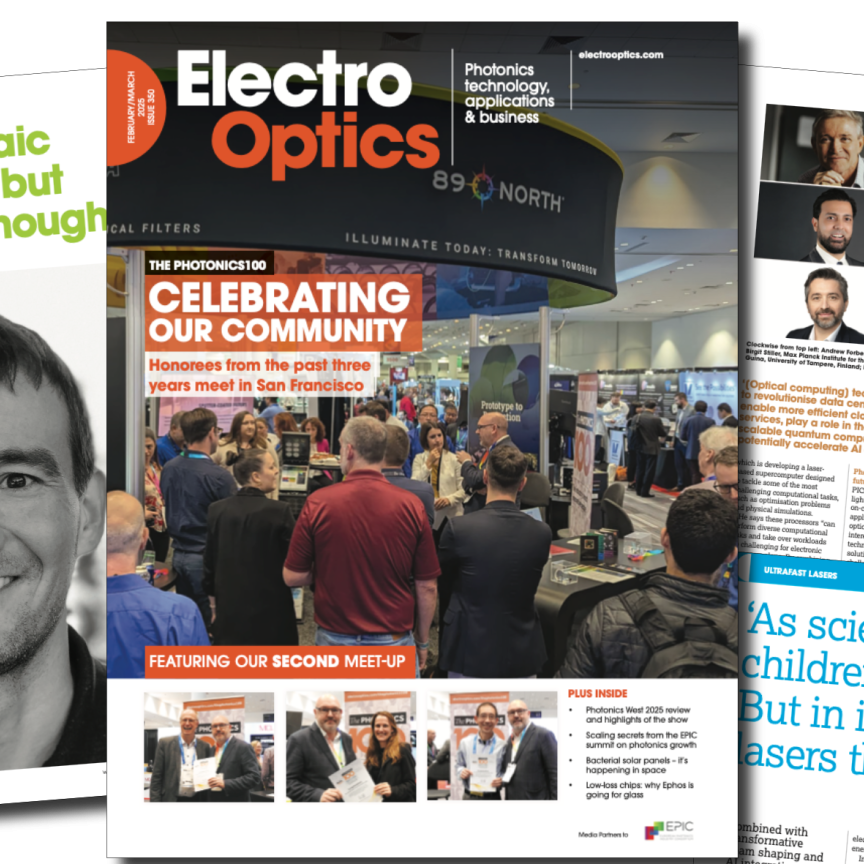Display Metrology And the Effects of Ambient Illumination

This white paper will explain how the optical performance of displays is quantified, and the instruments commonly used in display photometry and colorimetry will be presented.
Parameters such as luminance, uniformity, contrast ratio, colour temperature and view angle will be reviewed, while the deleterious effects of ambient illumination and stray light will be explained. In display metrology, we are concerned with the optical performance of the device, or “how it looks”. This means we wish to know the brightness (or luminance) and also the colour (or colour temperature) as well as the range of colours that can be displayed (the colour gamut). We may wish to know how uniform the display is (and whether there are any defects or non-uniformities). We are also interested in the contrast ratio (the difference between the highest and lowest luminance that can be displayed) and also the view angle of the display.
This white paper will explain how the optical performance of displays is quantified, and the instruments commonly used in display photometry and colorimetry will be presented.
Parameters such as luminance, uniformity, contrast ratio, colour temperature and view angle will be reviewed, while the deleterious effects of ambient illumination and stray light will be explained. In display metrology, we are concerned with the optical performance of the device, or “how it looks”. This means we wish to know the brightness (or luminance) and also the colour (or colour temperature) as well as the range of colours that can be displayed (the colour gamut). We may wish to know how uniform the display is (and whether there are any defects or non-uniformities). We are also interested in the contrast ratio (the difference between the highest and lowest luminance that can be displayed) and also the view angle of the display.

